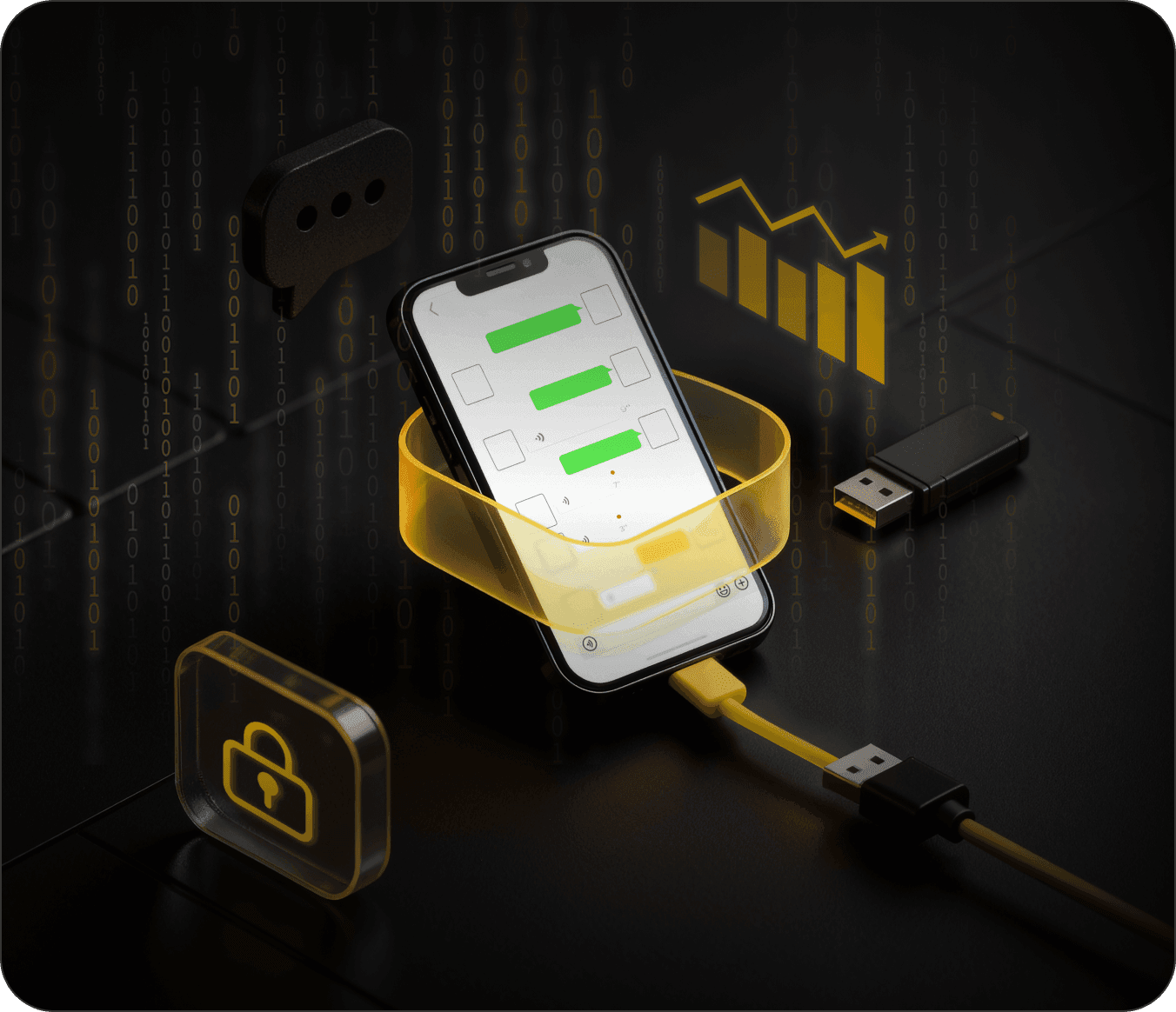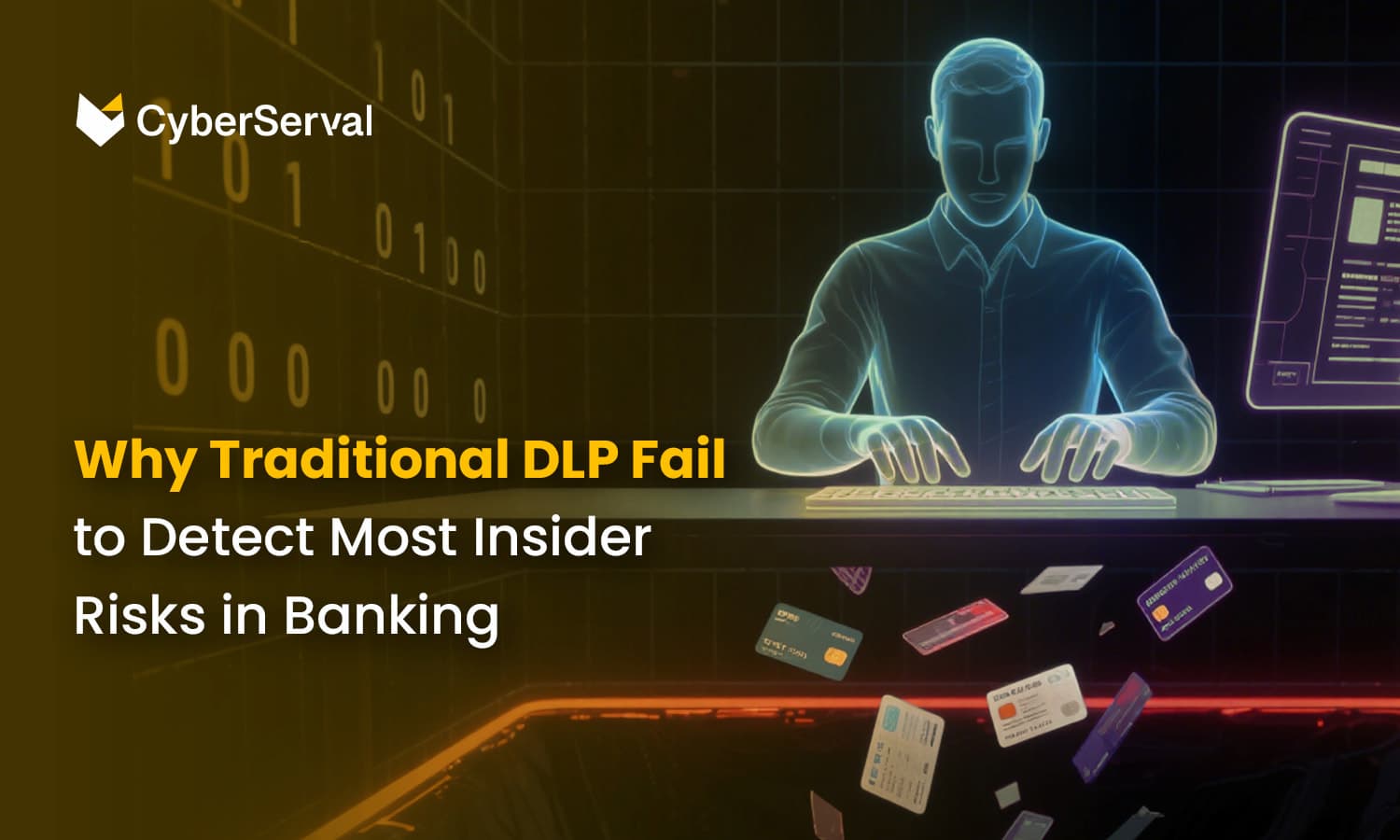
05 / Banking
Data Security: Audit, Regulator, Leak Risk Focus
Banking Data Security: Audit, Regulator, Leak Risk Focus
The core concern of banks data security lies in inspections by superior auditing departments or regulatory authorities. There is a large amount of sensitive data on bank employees' computers, posing a risk of data leakage.
Some Banking Data Security Issues that DDR Help Address
Addressing Superior Audit or Regulatory Inspections
DDR(next-gen DLP solution) ensures compliance by proactively scanning endpoints for sensitive data (e.g., customer info) and generating lists for users to delete or isolate non-compliant files. This pre-disposal of data, along with detailed reporting and audit trails, helps banks easily face inspections and comply with financial regulations like PCI DSS.
Mitigating Data Leakage Risk from Employee Computers
DDR(next-gen DLP solution) mitigates data leakage via comprehensive DLP, monitoring all outbound channels (IM, USB, browser). It identifies risks through data asset mapping and source tracking. Forensic tools like anti-shooting invisible watermarks and event screenshots ensure effective tracing and evidence collection against internal threats.
How CyberServal DDR Prevent Banking Data Breaches
Internal bank staff leak customer data via mobile photos.
DDR (next-gen DLP solution) can scan customers' sensitive data on the computer (such as personal sensitive data like mobile phone numbers, bank cards, and ID cards). It can form a list of the scanned results and notify users for processing. Users can also delete or isolate sensitive files on the client side, enabling the pre-handling of sensitive files and easily facing inspections from superiors.

Outsourced staff leak internal data via USB/WeChat from mixed environment.
DDR can control external dissemination channels, such as WeChat and USB drives. It can identify internal bank data to prevent data leakage.

Native OS apps risk data leakage on new domestic terminals.
DDR (next-gen DLP solution) can control the software external distribution channels on domestic systems, such as browsers and cloud storage services, to protect data from leakage.









